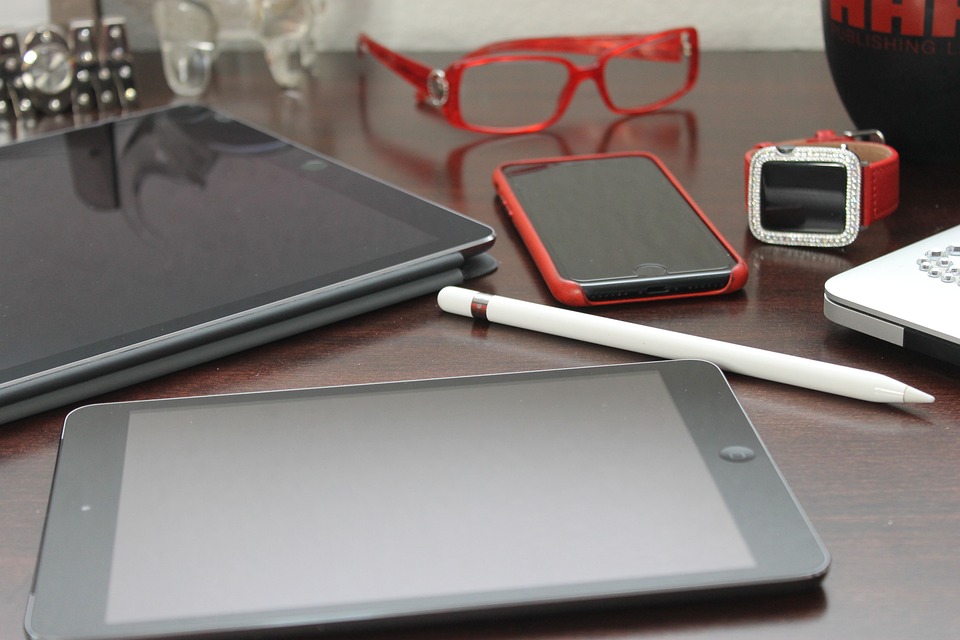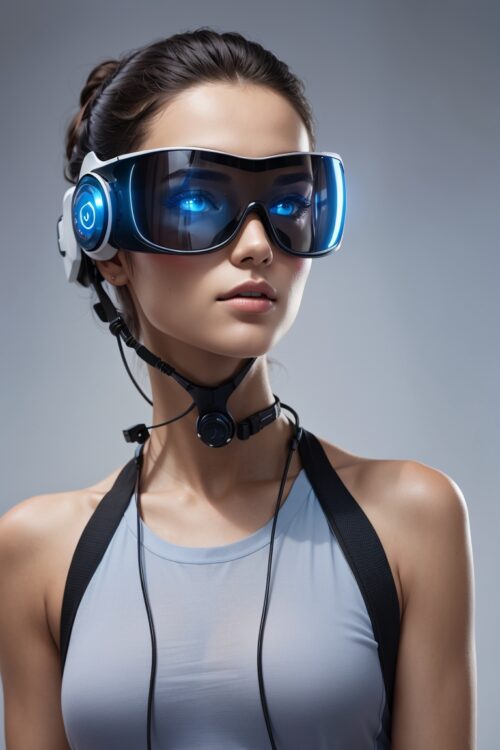The development of smart wearables has taken off in recent years. Manufacturers are constantly trying to bring innovative features to make their products more attractive to customers. The battery life of smartwatches is the most important aspect, recent development in more efficient microprocessors is helping manufacturers to build efficient wearables which can last for 2 days with a full charge.
The sensors present in smart wearables are complex in nature and every year new improved sensors are launched in the market which enables the makers to upgrade their product line-up every year. Software is also a very important component of smart wearables. The wearable constantly transmits data to the connected smartphone where the dedicated application analyses the data and presents it to the user.
Every year the manufacturers improve the quality of their software, release updates and refresh their User Interface (UI) to keep it visually appealing, easy to read and operate. R and D teams of these manufacturers constantly try to bring smart wearables in new shapes or forms which can easily integrate with the lifestyle of the consumer.
Apple watch series 9 & Ultra 2
Apple watch series 9 will be a major upgrade from series 8. It will sport a bigger display and possibly consist of Apple’s newest mini-Led display technology enabling the display to be more efficient, increasing battery life and will reproduce better colours with deeper blacks, dimming the black zones.
Apple watch series 8 cellular did not have 5G connectivity, it is expected that the Series 9 Cellular model will be fitted with a 5g modem which will enable it to connect to a 5g network. The smartwatch will have a better heart rate monitor enabling it to measure precise and continuous heart rates for 24 hours. Apple Watch Series 9 will have better ECG sensors which will enable the consumer to measure accurate data every time they take an ECG. Measurement of data for health purposes is very important and Apple acknowledges that data plays a very important role in accurate measurement, so every sensor they provide has an error margin of just 3% at maximum.
Along with Series 9, it is expected that the Apple watch Ultra 2 will also be launched in 2023. Apple’s Ultra lineup is made for hardcore users who are travellers or divers, and they venture out far into the unknown. It is expected that the new Ultra will also get a mini-Led display, enabling a better viewing experience and battery life and it will get a new processor along with 5G connectivity. It is expected that both Series 9 and Ultra 2 will get improved crash detection and fall detection features.
Garmin Fenix 8 / Fenix 8 Solar
Garmin Fenix 8 is expected to launch in late 2023. It is expected that Fenix 8 will launch with a lot of different size options. Garmin launched the Fenix 7 and 7 Solar with three different size options and it is expected that they will continue with this trend. Although many users complained about the enormous size of Fenix 7 so it is possible that Garmin takes note of that and introduces a smaller 40mm (about 1.57 in) version of Fenix 8 which will please a lot more consumers, especially females with smaller wrists. It is also expected that Fenix 8 will be introduced with a much better display than its predecessor.
Fenix 7 was the first flagship Garmin with a touch-sensitive display whereas Fenix 8 can be shipped with an Amoled display. Voice Assistant has been a major problem with Garmin Fenix 7 and most importantly its lack of a microphone. It is expected that Fenix 8 will be offered with a microphone and Alexa voice assistant features which will work both online and offline. ECG sensors have been increasingly adopted in high-end smartwatches; it is highly expected that Fenix 8 will have an ECG sensor like its competitor Apple Watch. It will also have other significant improvements in storage capacity helping the user to load more music and maps, better heart rate sensors and motion sensors and better quality of bands.
HTC Virtual Reality Headset
HTC is expected to announce a brand-new VR Headset at CES 2023. VR headsets have been one of the most interesting products of recent years and with the success of the Metaverse strategy, its significance has improved further. HTC will compete directly with Meta (formerly Facebook) and Sony. It is expected that the headset will follow the latest improvements in VR headset design technology, it will be lightweight and thin. It is also rumoured that the headset can work independently without the requirement of any smartphone.
It will have a built-in 5G modem to connect to the internet. The VR Headset will also feature the latest 360-degree full VR experience along with head tracking feature. For gamers, it is believed that it will support controllers (3rd Party). Colour Passthrough is a very major development made by Meta. It allows the user to see whatever is in front of them eliminating virtual reality with a click of a button. HTC announced that they will have a better and more advanced version of it along with a better depth sensor which will help the user connect back to the real world.
Oura Ring 4
The Oura Ring is surprisingly a fantastic piece of technology. The Oura ring 3 has been a great hit, it is expected that Oura Ring 4 will be a much better improvement. Oura Ring 4 will have better research-grade sensors which will enable it to measure more precise data. Ring 4 will work with better-improved algorithms to analyze sleep patterns and every minute detail; will help the user better understand what areas they might need to improve upon.
Ring 4 will also have a powerful blood oxygen sensor, which will help the user understand their breathing patterns and if they are facing any O2 saturation-related issues. Oura Ring 4 will provide better insights into the user recovery period, what things improved and what more needs to be done for better recovery. Oura Ring 4 is expected to launch in late 2023
Smart wearables have been a boon for consumers. They are compact, light and loaded with useful sensors. Designers and manufacturers are constantly trying to make better and improved smartwatches every year. Scientists are trying to bring innovations in battery and charging technology so that they can last longer on a full charge.
Faster charging, charging with body heat and solar charging are a few alternate methods introduced recently into smart wearables. It is expected that smart wearables will have better interconnectivity among other wearables which will help in better analysis of data and more accurate results. The development of Virtual reality and Augmented reality headsets will be at the centre stage in the coming years. Manufacturers will try and bring better displays and processors so that they can provide a much better experience for the users.



